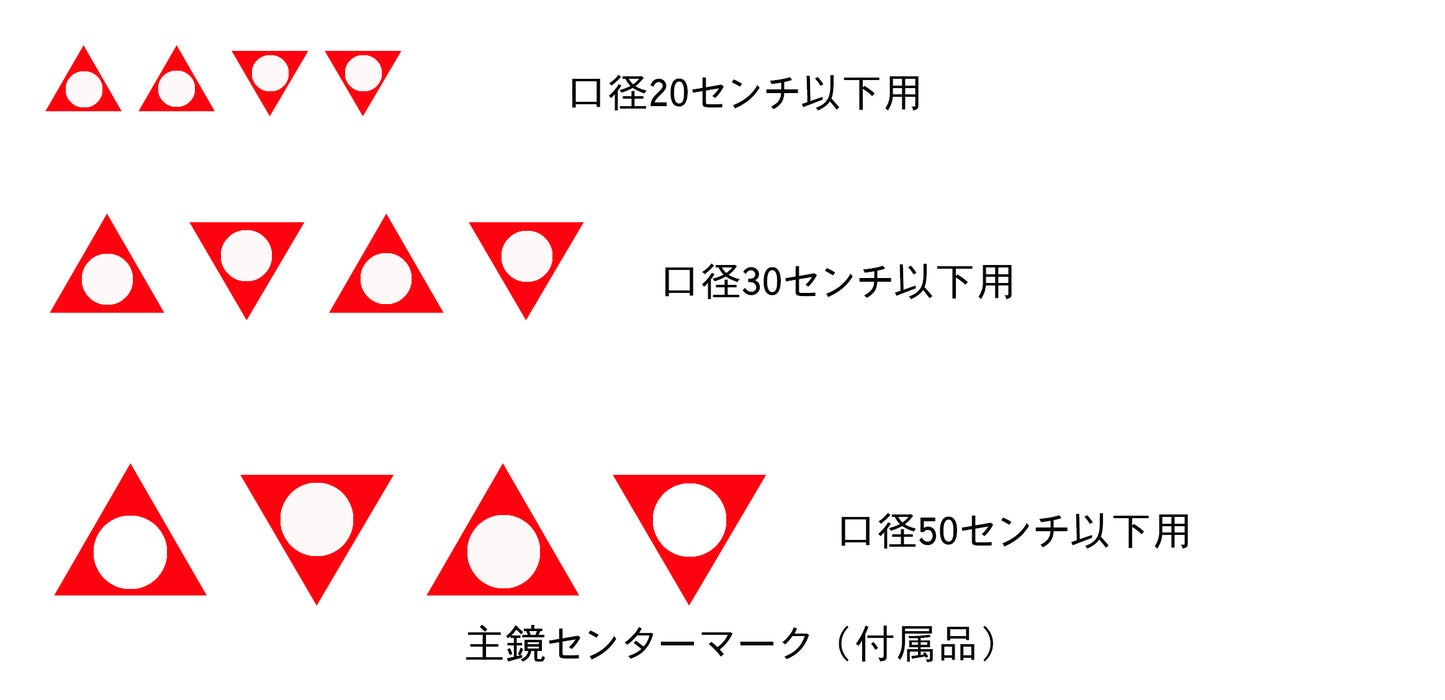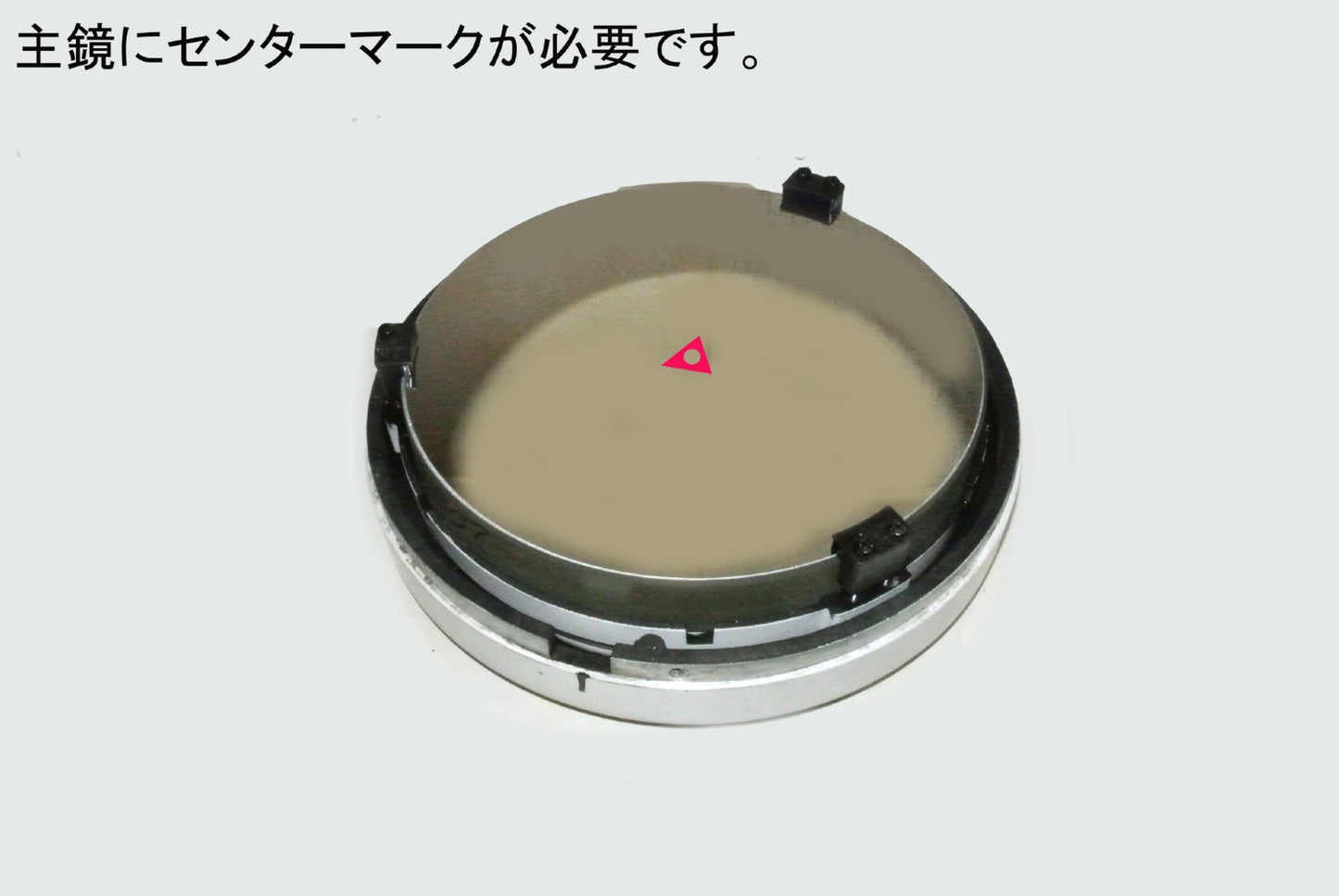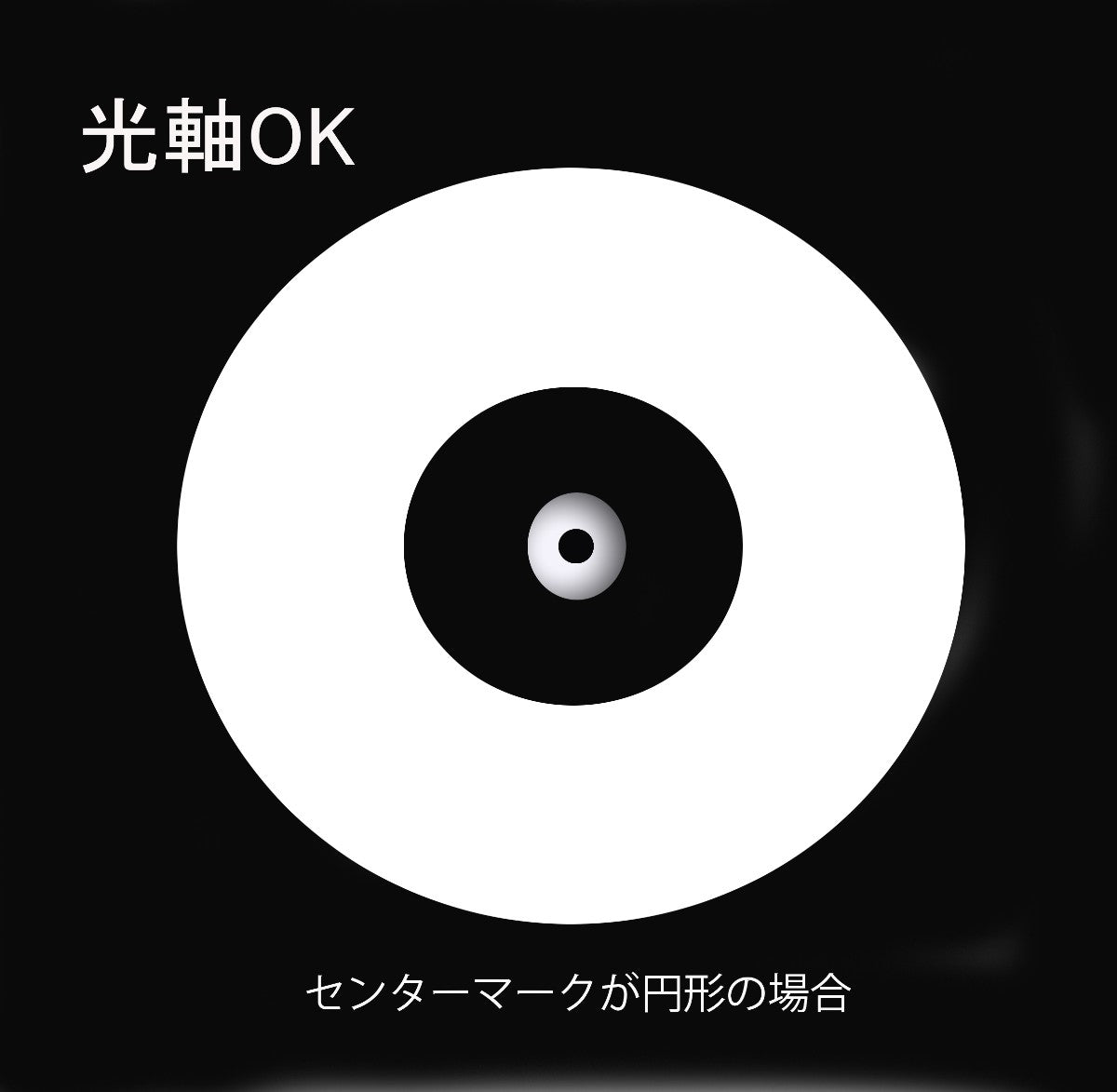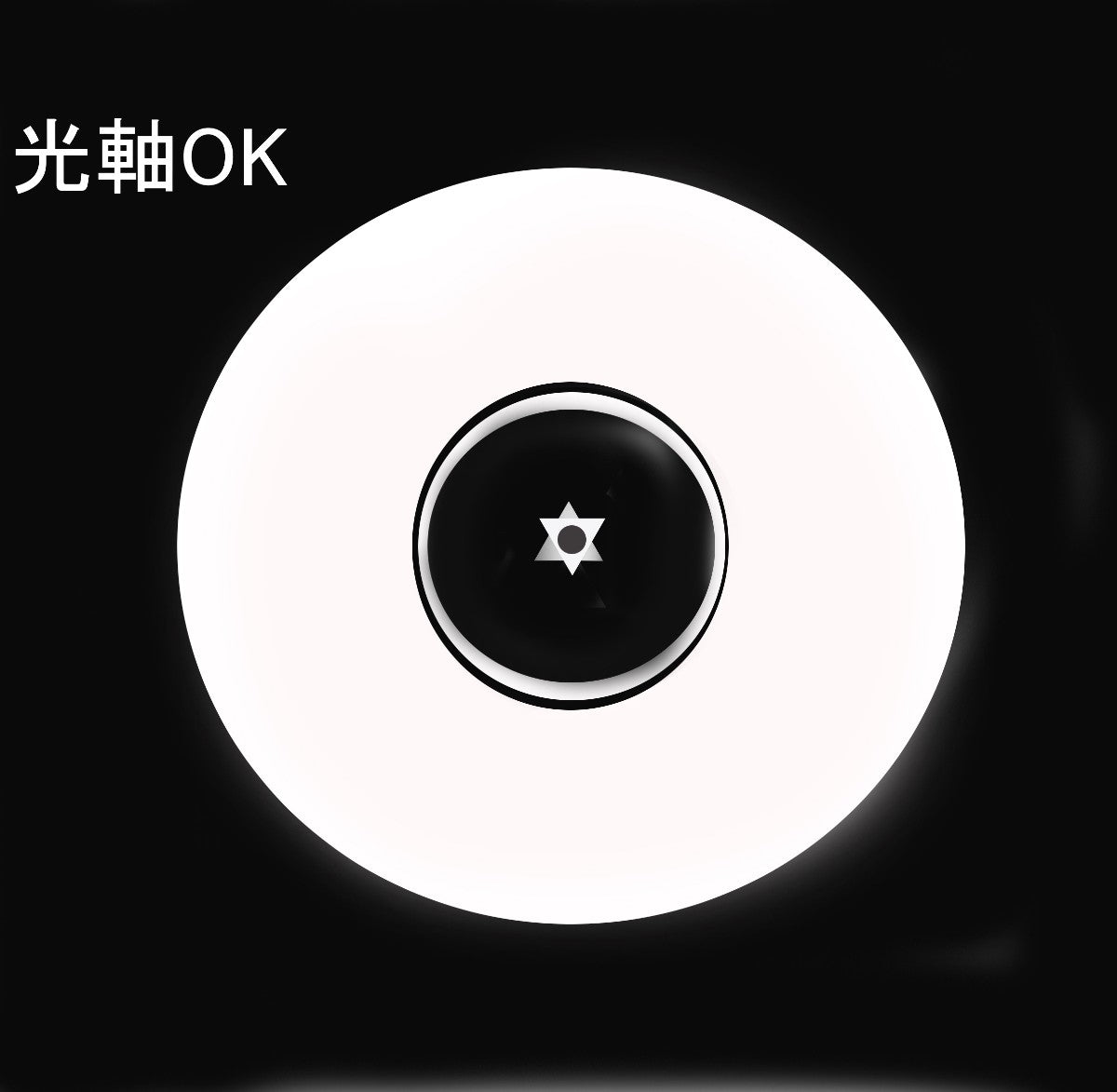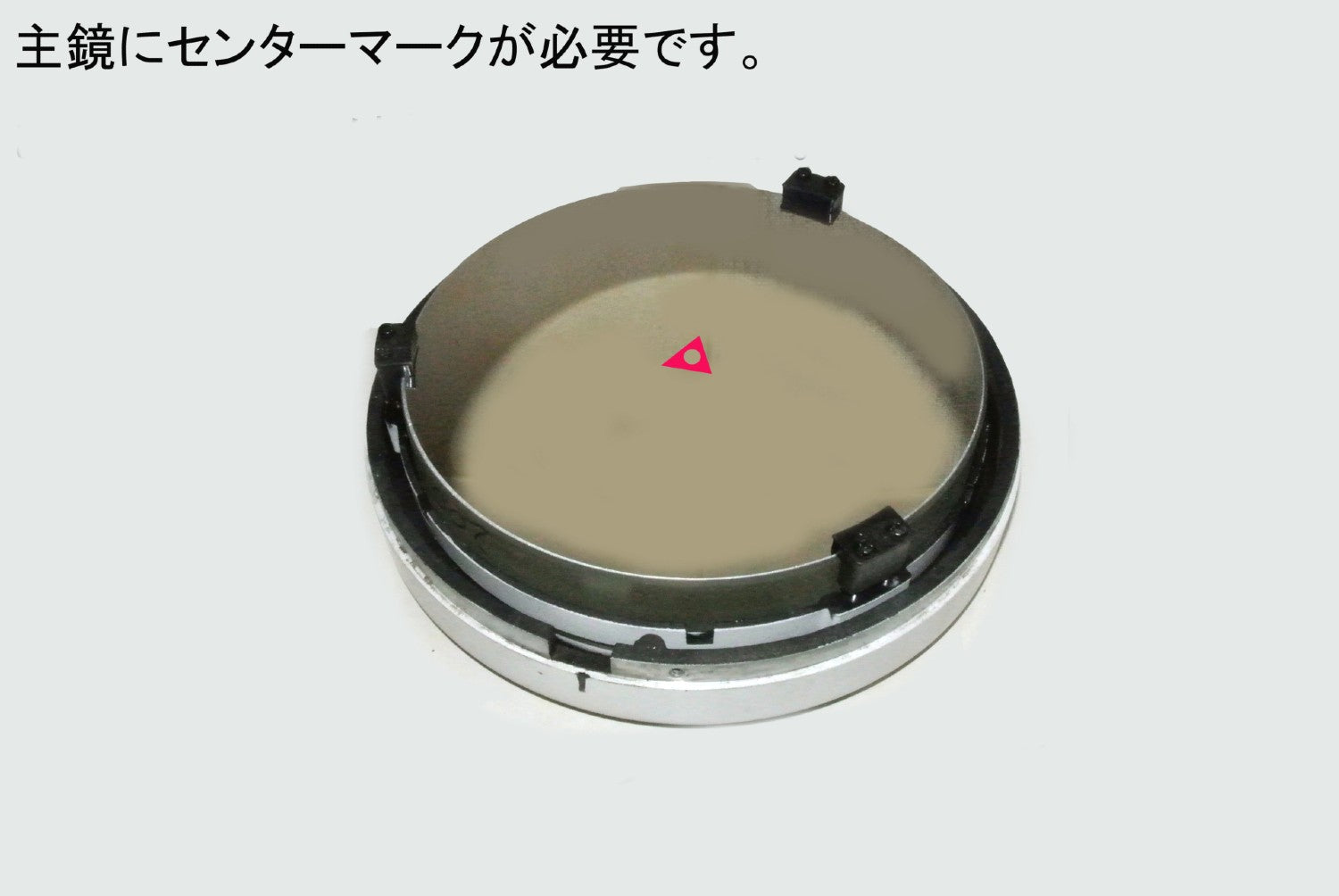StarWorks
Astronomical telescope/optical optical axis autocollimator for Newton
Astronomical telescope/optical optical axis autocollimator for Newton
Couldn't load pickup availability
It calculates the positional relationship of the surface to be optically measured by examining the state of retro-reflective multiple reflections of the primary mirror and eyepiece plane mirror using the reflection of light. It is 8 times more accurate than conventional laser collimators. This is a popular product overseas, but imports and personal imports cost about 15,000 to 20,000 yen, so this is a good opportunity to take advantage of this product.
Principle
Plane version → oblique mirror → primary mirror → oblique mirror → plane version → human eye,
Auto-collimating method to obtain a precise optical axis by multiple recurrence between the plane plate, oblique mirror, primary mirror, oblique mirror, plane plate, human eye, and human eye.
Installation: 2 inch size
Product size: 4.5cm x 5.5cm
Accessories : Center mark sticker Instruction manual
Speaking of autocollimators in the industrial field, they are used to measure the straightness of stages of processing equipment such as robots and In the industrial field, autocollimators are used to measure the straightness of stages of processing equipment such as robots and to measure the parallelism of the edge surfaces of objects to be measured. The autocollimator has also been used to measure the warp and waviness of discs and silicon wafers and the accuracy of polygon mirrors in the inspection of optical products, This principle has been incorporated into optical systems and applied to astronomical telescopes.
--------
When you look through the eyepiece, it is reflected by the oblique mirror, then returned from the primary mirror and mutually reflected multiple times on the same path. If all axes coincide on the same line, then a perfect optical axis has been obtained.
The feature of this system is that it allows more precise adjustment than the conventional Cheshire type that only looks through the eyepiece
The feature of this system is that it can be adjusted more precisely than the conventional Cheshire type that only looks into the mirror or the laser type that only shines light.
---------
This collimator is designed to improve the final optical axis accuracy. If you are an experienced person who is familiar with optical axis correction, you should be able to use this collimator for the first time. If you are a beginner, however, you should use a commercially available Chucha or laser collimator in advance to get a rough idea of the optical axis. If you are a beginner, you can use a commercially available chucha type or laser collimator to adjust the optical axis before final precision adjustment. This is 8 times more accurate than the conventional optical axis accuracy.





